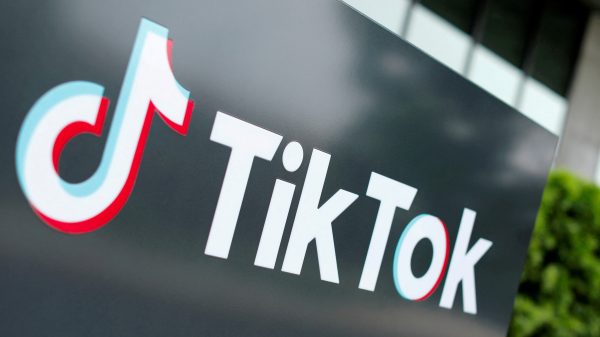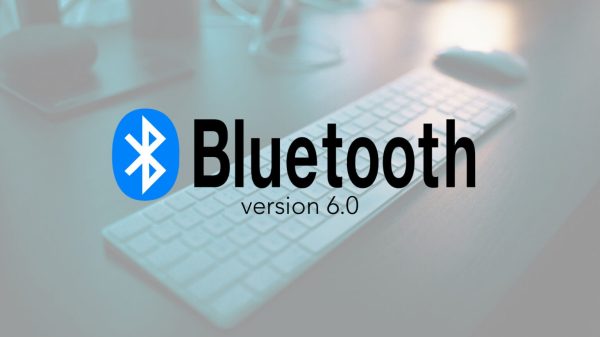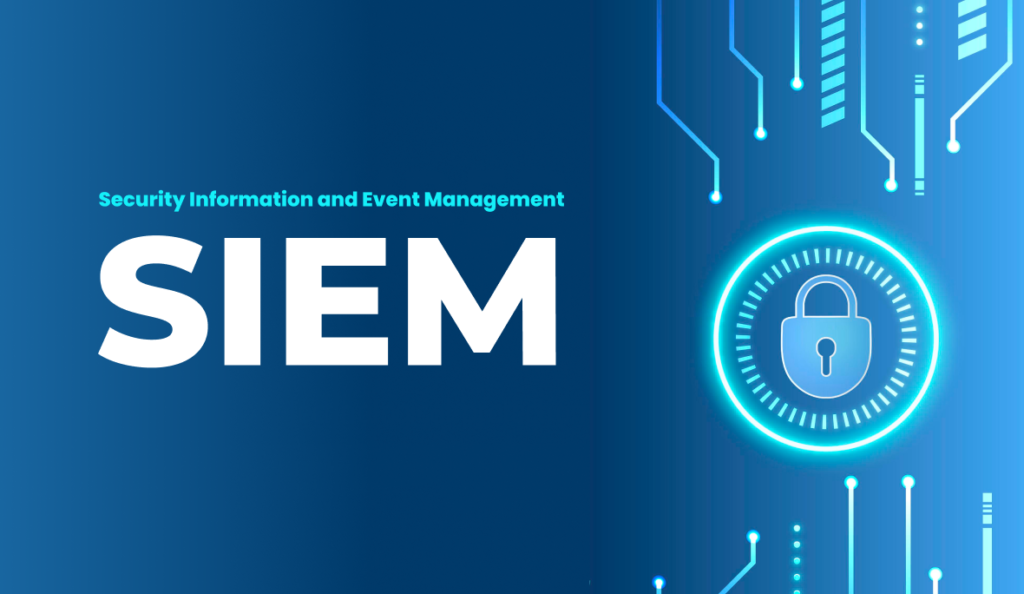SIEM, or Security Information and Event Management, has evolved significantly over the years. While traditionally, SIEM systems were limited to basic logging and event management, modern iterations have integrated additional capabilities such as automation, response, and anomaly detection.
This has led to vendors branding their products with various terms like “Fusion SIEM,” “Next-gen SIEM,” and “Cloud-native SaaS SIEM.” However, these labels often do not signify clear, objective differences, and the myriad of names can create confusion in the market. The inconsistency in naming conventions and feature sets among vendors makes it difficult for users to discern what exactly they are getting with each product.
The various names for modern SIEM solutions do not provide a clear understanding of their capabilities. Terms like “next-gen” and “evolved” SIEM are ambiguous and do not inherently communicate specific functionalities.
Moreover, different vendors offer various combinations of modules like SIEM + SOAR (Security Orchestration, Automation, and Response) or SIEM + XDR (Extended Detection and Response), which can add to the confusion.

Understanding Modern SIEM Solutions and Choosing the Right Security System
Users may find themselves overwhelmed by the options and unsure of which modules are necessary for their needs. The lack of standardized terminology makes it challenging to compare products directly and make informed decisions.
Adding to the complexity are products that perform all the functions of a SIEM but are marketed under different names, such as “unified security operations platforms.”
These solutions may not appear in searches for SIEM, complicating compliance efforts as organizations must demonstrate to regulators that their chosen solution, despite its name, fulfills SIEM requirements. The proliferation of these variously named products dilutes the clarity of what constitutes a SIEM, making it harder for businesses to identify the right solution for their needs.
To address these challenges, the author suggests maintaining a clear distinction between SIEM and broader security operations platforms. SIEM should focus on its core function—information and event management—without being conflated with additional technologies like XDR or SOAR.
This approach helps to preserve the integrity and clarity of what SIEM is intended to do. In practice, this means that while a SIEM can be part of a larger security operations system, it should not be rebranded or confused with these integrated solutions.
To further assist in navigating the SIEM landscape, the author references GigaOm’s SIEM Key Criteria and Radar reports. These resources provide detailed market analyses, criteria for evaluating SIEM solutions, and vendor performance comparisons.
By consulting these reports, organizations can better understand the available options and make more informed purchasing decisions, ensuring that they select a solution that aligns with their specific security needs and operational goals.









































